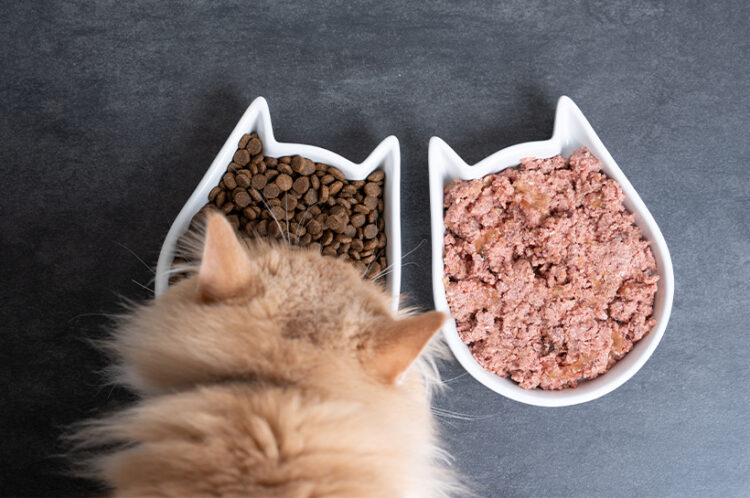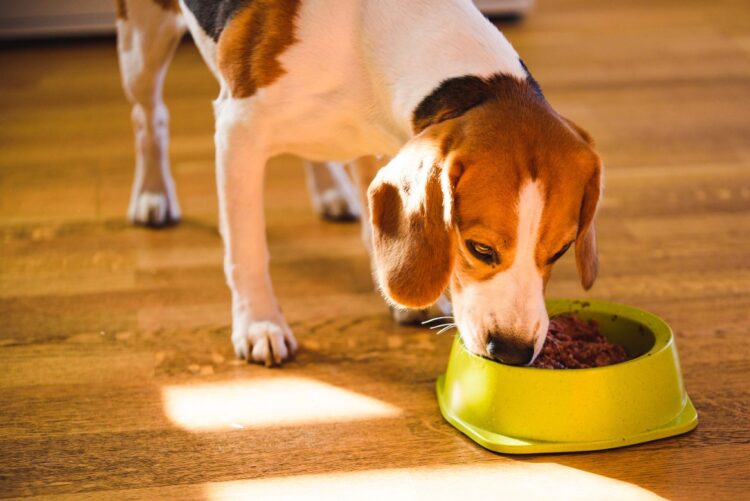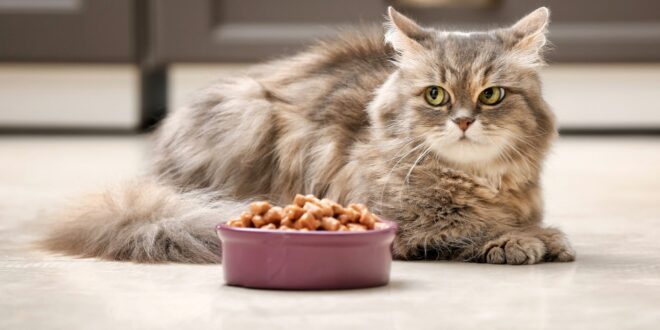Many pet owners have a tough time deciding whether to feed their beloved pets wet or dry food. While there are advantages and disadvantages to each, the healthiest way to nourish your four-legged friend is often to combine both types of food.
This combination not only keeps your pet’s diet balanced but also provides variety, which can help keep them engaged with mealtime! Here are some tips for mixing wet and dry food for your pet while considering its unique nutritional needs.
What Should I Consider When Combining Wet & Dry Pet Food?
When you’re trying to decide what kind of food combination is best suited to meet the specific nutritional needs of your pet, it can be helpful to start by understanding just how different wet and dry food really are. On the one hand, dry foods tend to contain more carbohydrates than wet foods, so they offer lower levels of protein, fat, and moisture.
On the other hand, canned pet food often provides higher levels of fatty acids that may be beneficial for skin and coat health. Ultimately, it’s important to understand what makes up each type of food in order to find the perfect combination that meets all of your pet’s nutritional needs.

How Can I Figure Out The Best Wet/Dry Mix For My Pet?
Figuring out the right combination between dry and wet pet food ultimately comes down to understanding the specific needs of your pet breed as well as any medical conditions or dietary restrictions they might have. For example, senior pets tend to benefit from obtaining more calories from fat instead of carbs like younger animals usually do; therefore, opting for more canned or soft/moist options over kibble could be a better choice in these cases!
Additionally, those with allergies or sensitive stomachs may need preservative-free formulas or hypoallergenic diets; many times these come in limited-ingredient cans rather than kibbles so once again reaching for a mix between both is ideal when caring for this type of pup or kitten!
Finally, activity level also plays an important role in helping determine how much energy they need throughout the day, so adjusting portions accordingly based on whether they’re active (more calories) or less active (fewer calories) should also be factored into what mixture would work best.
Don’t Forget To Include Treats Into Your Mix!
Yes, even snacks should be considered within their full daily diets and incorporated into their overall meal plan—not left off entirely as many people mistakenly assume (especially with smaller breeds). And when considering portion sizes regardless if it’s kibble or canned foods — don’t forget that most wood chews count toward protein intake too–so long as labels indicate it comes made without hollow centers full of air (air inside can cause potential choking hazards!)
Above all else keep in mind every dog is different— some may prefer softer morsels over crunchy diets while others would enjoy eating a mix– but monitoring reactions carefully will help you stay on top of finding what works best!

Conclusion
Finding that perfect mix between wet & dry pet food can help give our furry friends everything they need nutritionally in order to promote healthy lifestyles — while allowing us human companions piece of mind knowing we did our best adapting our companion’s tailored diets accordingly.
With proper knowledge combined with patience trial & error — soon enough everyone will discover what works best for them & their companions alike!
 Hi Boox Popular Magazine 2024
Hi Boox Popular Magazine 2024



